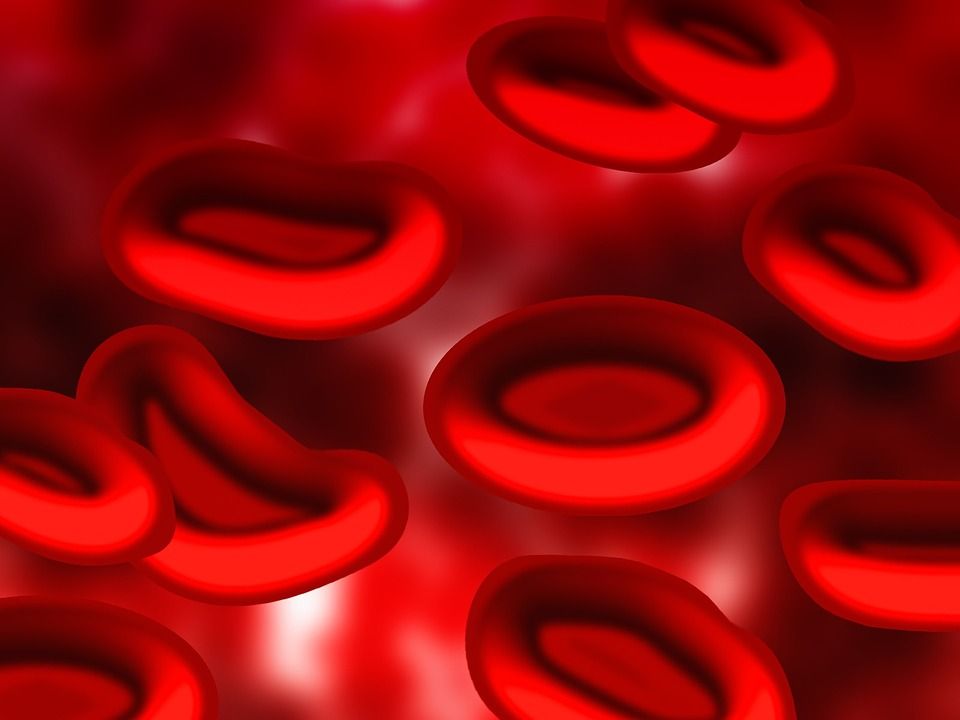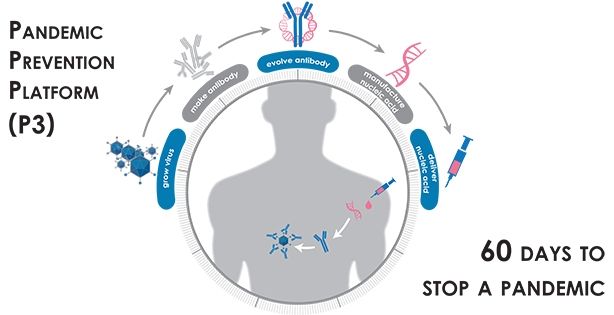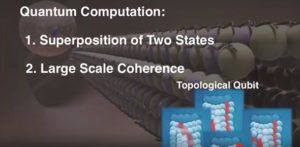Synbio research at work and discovery.
Study of synthetic essential genes identifies a novel pathway in prostate cancer and suggests a framework for the discovery of targets in cancers harboring tumor-suppressor deficiencies.


Rules placed on Synbio in India; wonder who is next?
The technology could help produce drugs, vaccines, fuel components and other chemicals.
: India is taking its first steps to evolve a policy on synthetic biology, an emerging science through which new life forms can potentially be made in labs and existing life forms, such as bacteria and other microbes, tweaked to produce specific proteins or chemically useful products.
The Environment Ministry will be convening a group of experts on biodiversity and biotechnology, to assess synthetic biology work pursued in Indian labs, potential benefits and risks, and the implications of the trans-boundary movement of such life forms.
Some people have mutations that greatly lower their cholesterol. Tests in mice suggest gene editing could give the rest of us the same protection.
In severe cases, a dog can develop pneumonia and even die.


Over the past several years, DARPA-funded researchers have pioneered RNA vaccine technology, a medical countermeasure against infectious diseases that uses coded genetic constructs to stimulate production of viral proteins in the body, which in turn can trigger a protective antibody response. As a follow-on effort, DARPA funded research into genetic constructs that can directly stimulate production of antibodies in the body., DARPA is now launching the Pandemic Prevention Platform (P3) program, aimed at developing that foundational work into an entire system capable of halting the spread of any viral disease outbreak before it can escalate to pandemic status. Such a capability would offer a stark contrast to the state of the art for developing and deploying traditional vaccines—a process that does not deliver treatments to patients until months, years, or even decades after a viral threat emerges.
“DARPA’s goal is to create a technology platform that can place a protective treatment into health providers’ hands within 60 days of a pathogen being identified, and have that treatment induce protection in patients within three days of administration. We need to be able to move at this speed considering how quickly outbreaks can get out of control,” said Matt Hepburn, the P3 Program Manager. “The technology needs to work on any viral disease, whether it’s one humans have faced before or not.”
Recent outbreaks of viral infectious diseases such as Zika, H1N1 influenza, and Ebola have cast into sharp relief the inability of the global health system to rapidly contain the spread of a disease using existing tools and procedures. State-of-the-art medical countermeasures typically take many months or even years to develop, produce, distribute, and administer. These solutions often arrive too late—if at all—and in quantities too small to respond to emerging threats. In contrast, the envisioned P3 platform would cut response time to weeks and stay within the window of relevance for containing an outbreak.

DNA — now with a new base pair! (credit: Romesberg Lab)
Scientists at The Scripps Research Institute (TSRI) have developed the first stable semisynthetic organism — a bacterium with two new synthetic bases (called X and Y) added to the four natural bases (A, T, C, and G) that every living organism possesses. Adding two more letters to expand the genetic alphabet can be used to make novel proteins for new therapeutics, according to the researchers.
All life as we currently know it contains just four bases that pair up to form two “base pairs” — the rungs of the DNA ladder — which are simply rearranged to create different organisms.

RNA interference (RNAi) is an important process, used by many different organisms to regulate the activity of genes. This animation explains how RNAi works and introduces the two main players: small interfering RNAs (siRNAs) and microRNAs (miRNAs). We take you on an audio-visual journey, diving into a cell to show how genes are transcribed to make messenger RNA (mRNA) and how RNAi can silence specific mRNAs to stop them from making proteins. The animation is based on the latest research, to give you an up-to-date view.
If you’d like to know more about the structures and processes you see in this video, check out the accompanying slideshow: http://www.nature.com/nrg/multimedia/rnai/animation/index.html
Sponsor message (May 2014): Dharmacon RNAi products are now part of GE Healthcare.

Recent evidence suggests that a variety of organisms may harness some of the unique features of quantum mechanics to gain a biological advantage. These features go beyond trivial quantum effects and may include harnessing quantum coherence on physiologically important timescales.